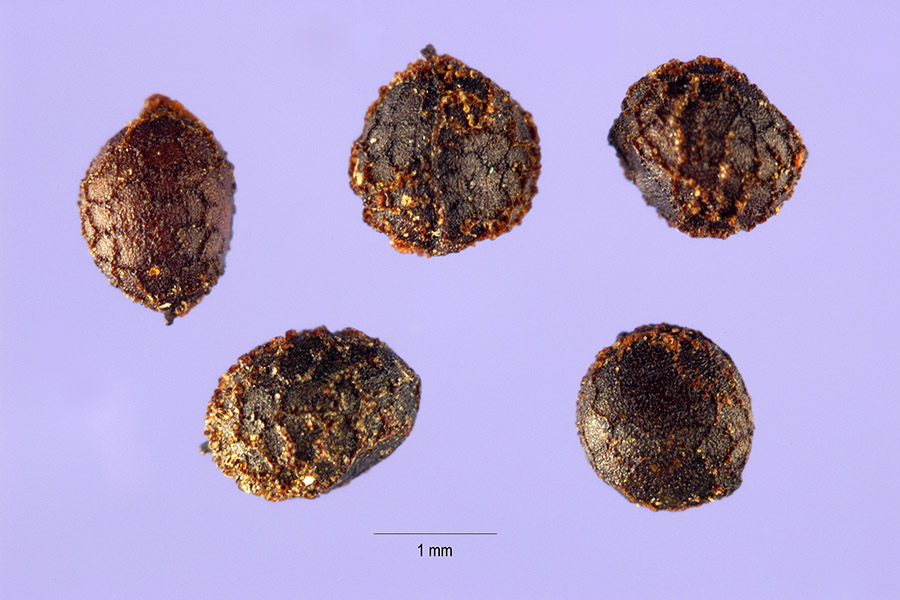Life History
Eschscholzia californica reproduces by sexual reproduction involving both male and female gametes. Rarely, does the poppy reproduce by apomixis, or asexual reproduction, making it an obligate out-crosser (Cook 1962, Smith 2010). Regardless if the poppy uses sexual or asexual reproduction, its life history consists of numerous stages.
The life history of E. californica consists of a 14 stage life history for the development of its flower (Becker et al. 2005). The first stage consists of the primary shoot apical meristem converting into an inflorescence meristem (Becker et al. 2005). The inflorescence meristem produces small leaves before it produces floral meristems, which later develop into the flower (McClean 1998). Next, there is an appearance of a sepal ring primordium followed by the appearance of two lateral petal primordia, which will further develop into lateral petals (Becker et al. 2005). After the appearance of the lateral petal primordia, there is bud growth and changes in bud morphology (Becker et al. 2005). Following that, microsporangia appear on the outer stamen primordia and then ovule primordia is initiated (Becker et al. 2005). The stamen and megaspore undergo meiosis separately, where pollen grains continue to mature (Becker et al. 2005). After meiosis, the sepals detach, allowing the flower to open (Becker et al. 2005). Once the flower is open, the anthers burst open, or dehisce, and release their yellow pollen (Becker et al. 2005). Following the release of pollen, the petals and stamen detach from the floral tube, the capsule elongates, and seeds are released (Becker et al. 2005). When the seeds are released, they can travel up to six feet from the parent plant because of the explosiveness of the expulsion (Smith 2010). With this general life history, there are numerous components that can have variations, including variety in pollen and seed dispersal.
Photo courtesy of Steve Hurst @ USDA-NRCS PLANTS Database.
The pollen of E. californica is typically yellow to orange in color due to three carotenoids in the pollen (Wakelin et al. 2003). The carotenoids, which were once thought to have roles in pollen germination, protection from ultraviolet light, and had influence on pollen growth, seem not to be as essential for pollen fertility as once thought (Smith 2010). This can be seen from a mutant E. californica containing white pollen (Smith 2010). Typically, white pollen results in sterile pollen, but in the poppy’s case, it does not. The white to creamy white pollen, which is a recessive trait to orange pollen, does not contain any carotenoids, which gives rise to questions about the function of said carotenoids (Wakelin et al. 2003).
In order for E. californica to become pollinated, it typically needs pollinators. Some of the common pollinators are bumble bees, sweat bees, mining bees, European honeybees, thrips, beetles, hover flies, and butterflies (Smith 2010). However, the majority of the pollination is due to some variation of a bee over other insects. Although it is rare, pollination has been known to occur by wind (Cook 1962). With pollinators come pests. E. californica also has pests that it has to create adaptations against. Briefly, pests feed on sap, leaves and flowers, and they reduce the floral counts (Smith 2010). One of the pollinators, thrips, is also considered to be a pest (Smith 2010). For more information about pollinators and other interactions, please proceed to the Interactions page!
Following pollination, a seed is formed. The seed of E. californica has a hard coating, which is rather impermeable to water, resulting in seeds floating (Cook 1962). Some of the dormancy releasing mechanisms are natural precipitation, light, and temperature (Smith 2010). However, it is also believed that dormancy is largely genetically determined (Cook 1962). Regardless of how E. californica reproduces, it interacts with many other organisms during its life history.
*Home* *Interactions*

